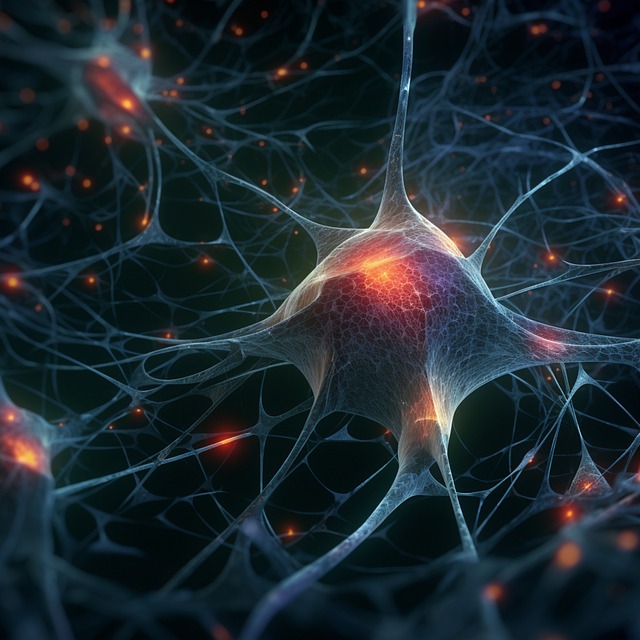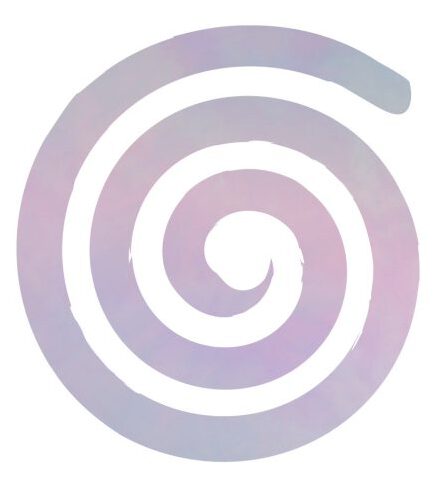
Iontophoresis, also known as Bioccular transcerebral iontophoresis (BTI), is a treatment that was developed around 1920 by Georges Bourguignon, M.D., D.Sc., who was a neurologist and neurophysiologist and a member of the French Academy of Medicine. It was first used to treat World War I soldiers who were suffering from sequelae of head injuries. BTI treatments have been successfully used with those who have affections of the brain not only following head trauma (such as epilepsy or paralysis), but also due to inflammation (such as multiple sclerosis), infection (encephalitis and Bell’s palsy), stroke (hemiplegia) and hypoxia (cerebral palsy or due to respiratory arrest). Other conditions that have also been helped are sequelae from damage to the eyes (such as retinitis and optic neuritis) and spinal cord (such as following spinal cord injury, or inflammation, like transverse myelitis).
Thousands of patients have experienced many „miracles“ with this treatment. After some days and few weeks patients with paralysis were able to move their leg/hand for the first time again, could feel something again; one patient was able to see again after 45 years; etc…
A tiny, painless and barely perceptible direct electrical current is transmitted from the eyes through the brain to the neck and back. This micro-electrical current carries different ions (i.e., calcium, magnesium, iodide, etc.) through the brain and spinal cord from one electrode to the other.
The rehabilitation of neural tissue and restoration of function are likely achieved by decreasing scar tissues in the eyes, brain or spinal cord and improving circulation which helps to regulate function and repair neural tissue. Bio-medical researchers have also demonstrated that DC electrical fields can stimulate regeneration of nerve cells. Direct brainstem stimulation/”transcranial Direct Current stimulation” (tDCS) is probably similar to iontophoresis and based on Bourguignon and his research.
The duration of the treatment is approximately 30 minutes and is performed at first once or twice a day for 5 consecutive days. The frequency of treatment is decreased afterwards to 3 times a week, then once a week to once a month. During a BTI treatment, patients must lie quietly for the length of the treatment and therefore it is not always well-suited to children under 5, unless the child is particularly cooperative or when the treatment can be administered during sleep.
Indications:
– Consequences of head injuries, spinal injuries, or peripheral injuries of the nervous system
– Scarring or neurological deficits after inflammations (MS relapses, encephalitis)
– Post-traumatic paralysis, epilepsy
– Infection (encephalitis, Bell’s palsy)
– In facial nerve palsy 90% success rate
– Stroke (hemiplegia)
– Hypoxia (cerebral palsy or due to respiratory arrest)
– Eye damage (retinitis, optic neuritis)
– Spinal cord damage (due to spinal cord injury or inflammation like transverse myelitis).
– In cases of multiple sclerosis when a standstill of the disease is reached; now one tries to influence the „irreparable“ damage with it. Or before starting homeopathic treatment.
– Parkinson: stiffness, fatigue, etc.
– Polyneuropathy
– Scleroderma, scars and keloids; Dupuytren contractures
The response is instantly and the success remains („what you get you keep“). One can’t predict what is going to improve.
There are no side effects (max. slight skin irritation).
There are no contraindications, also not for people with a pacemaker.
